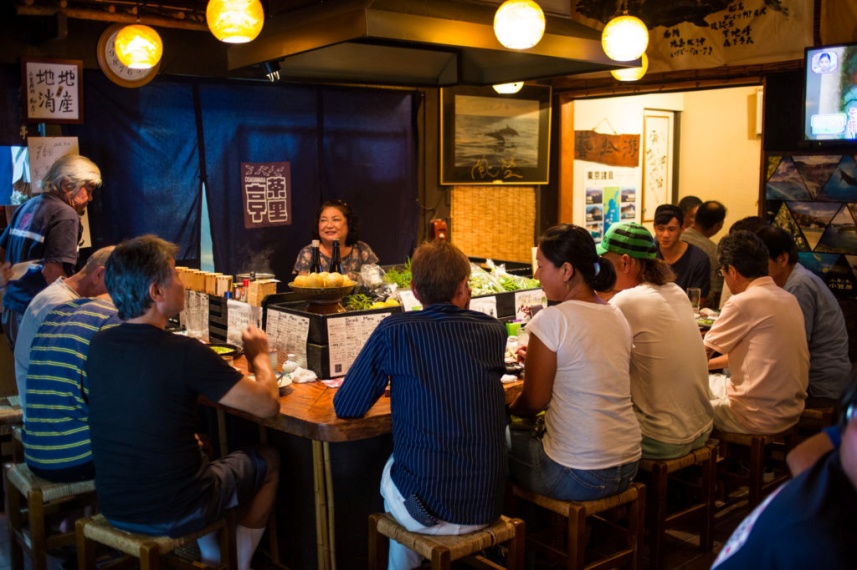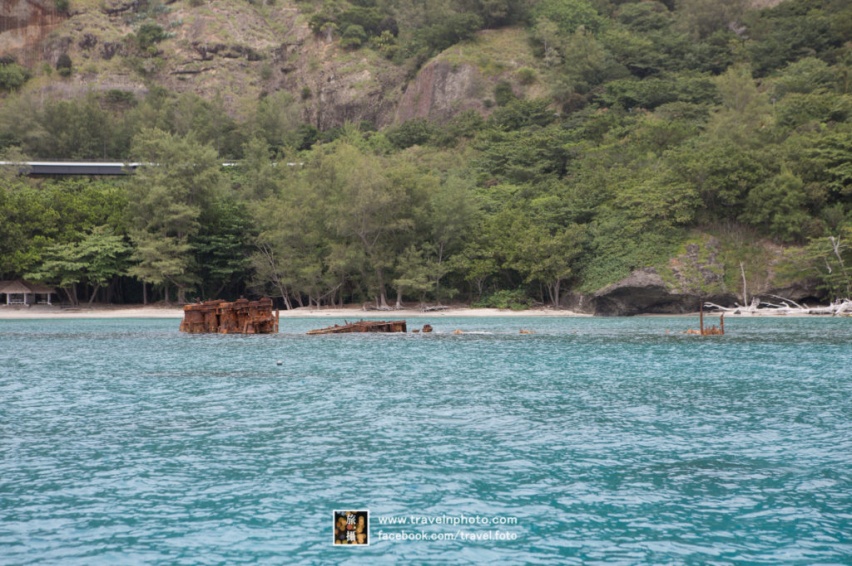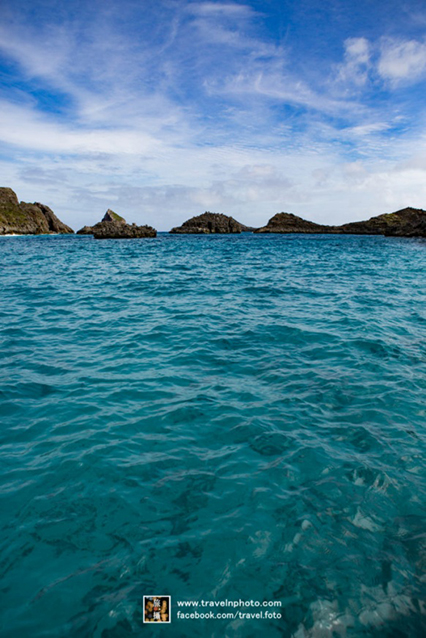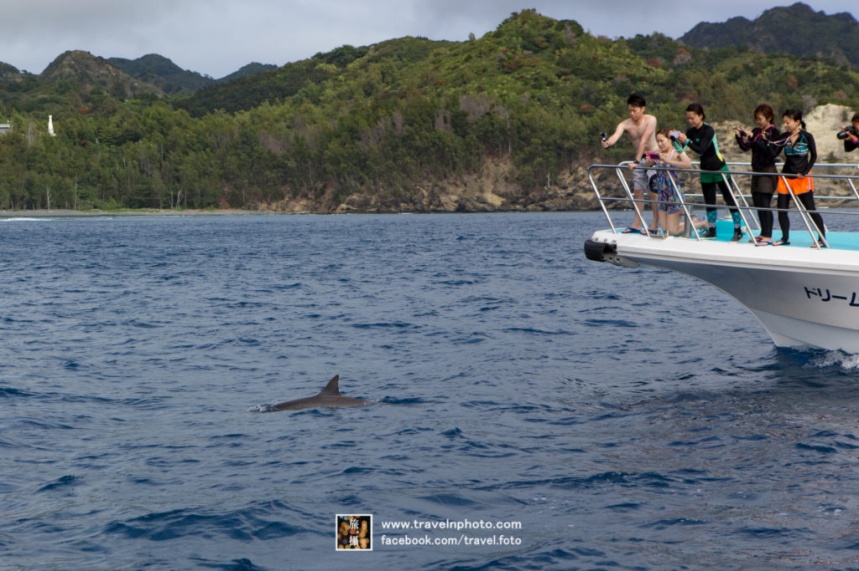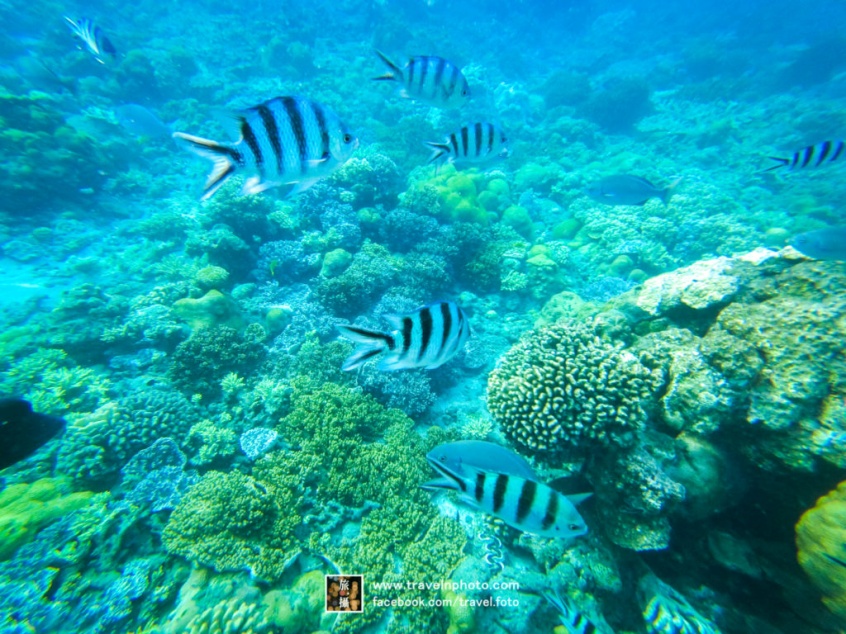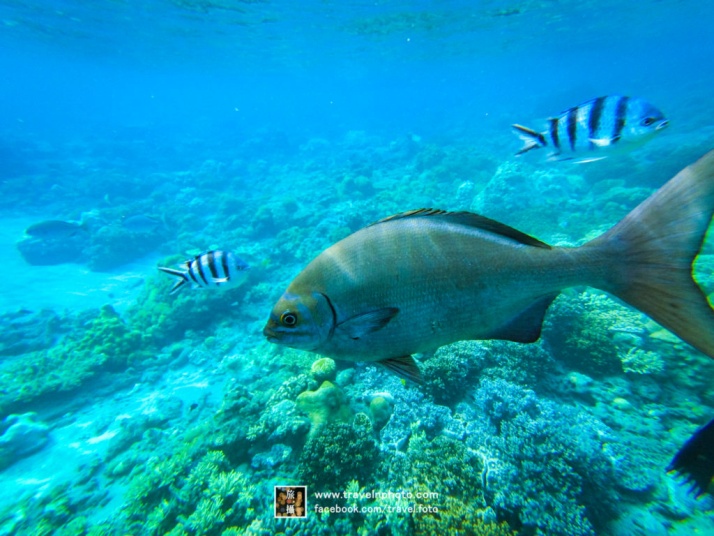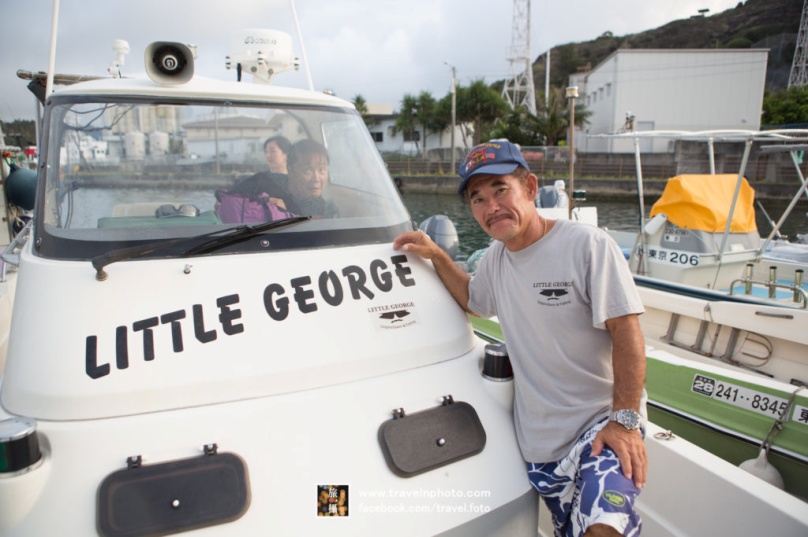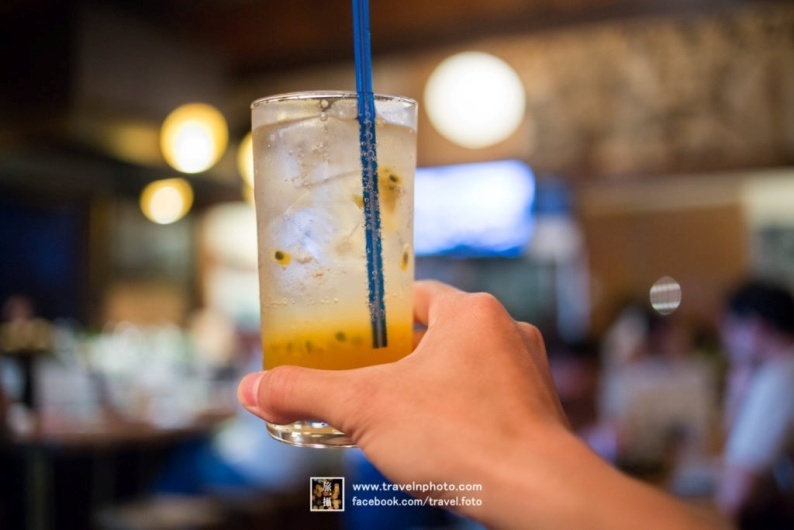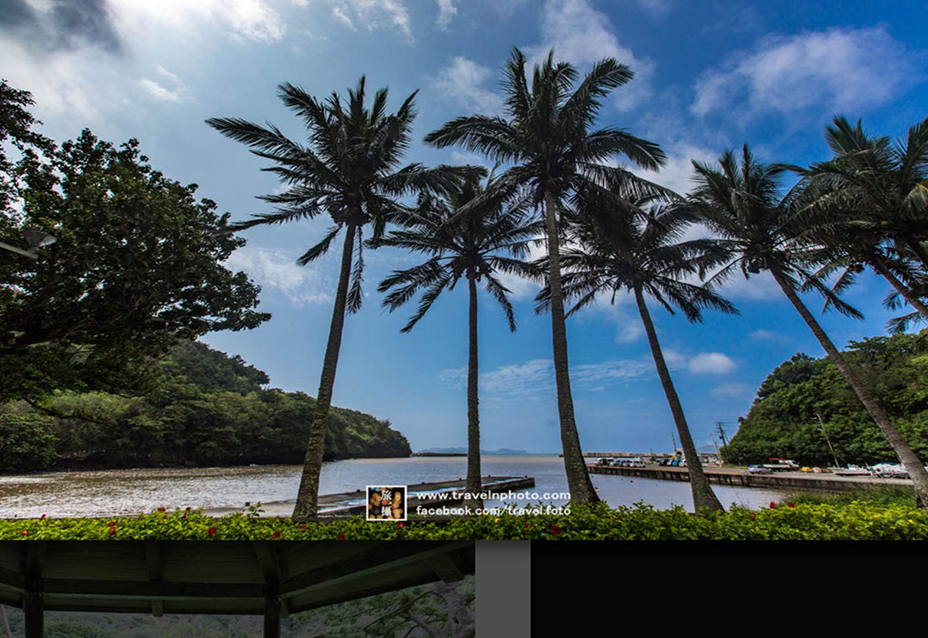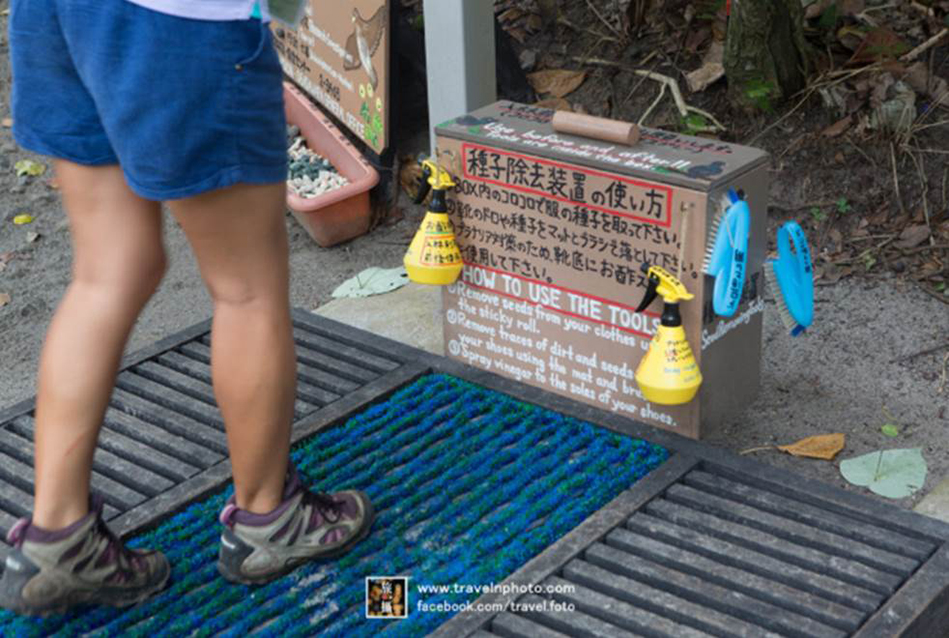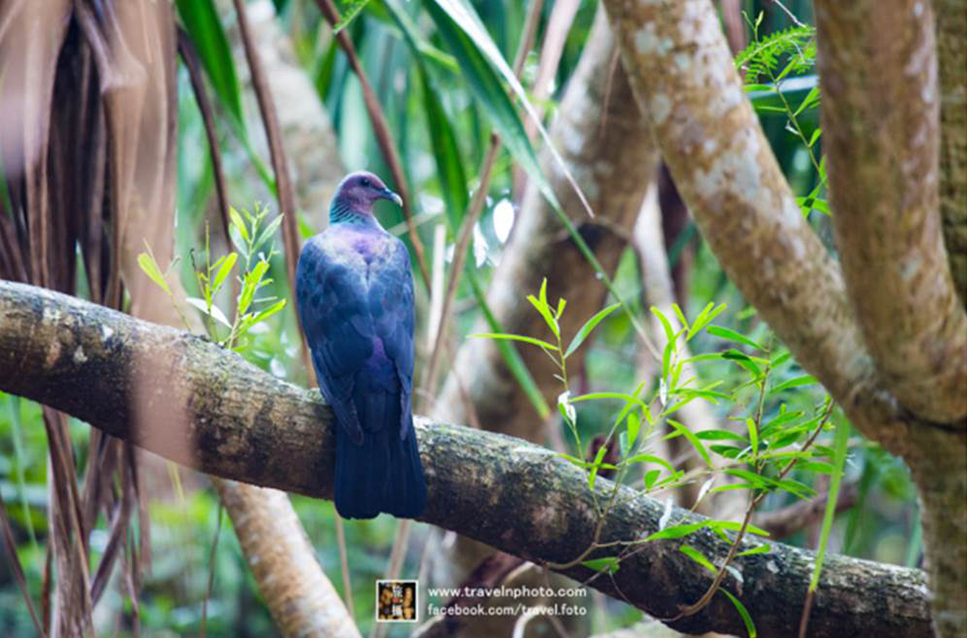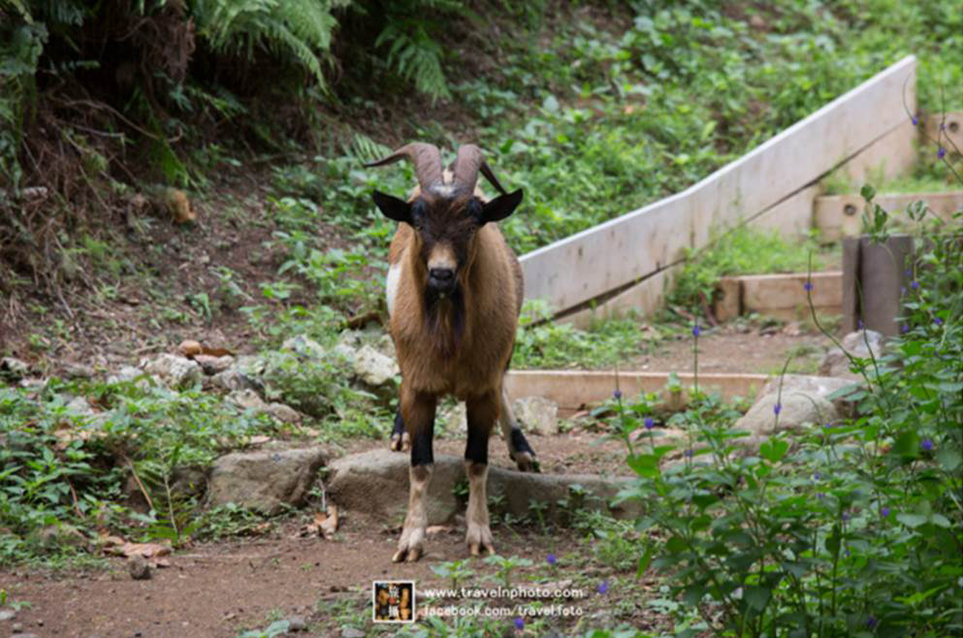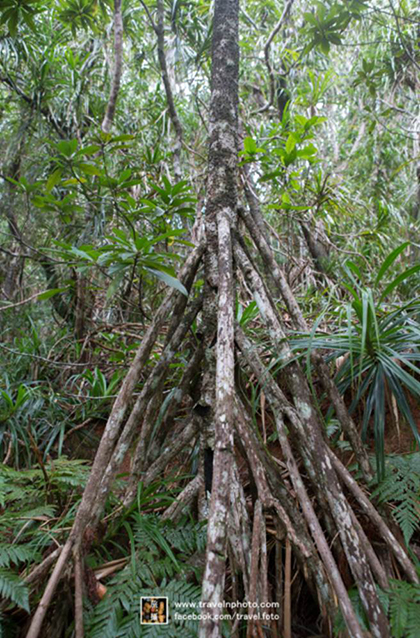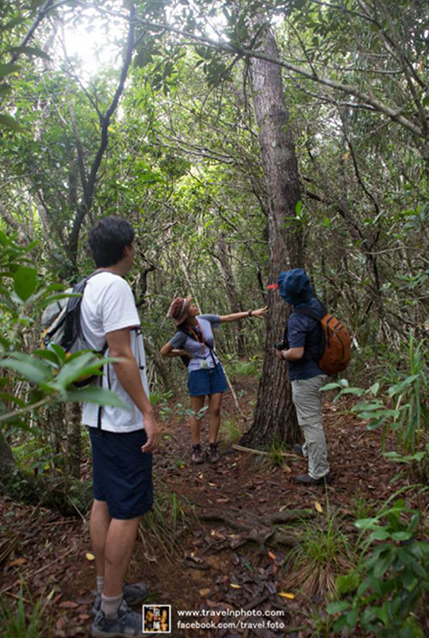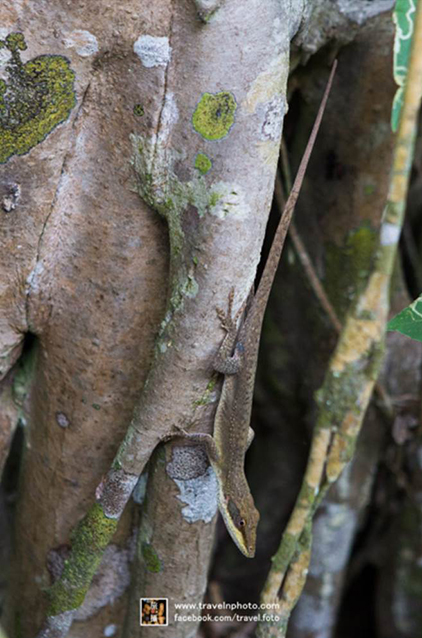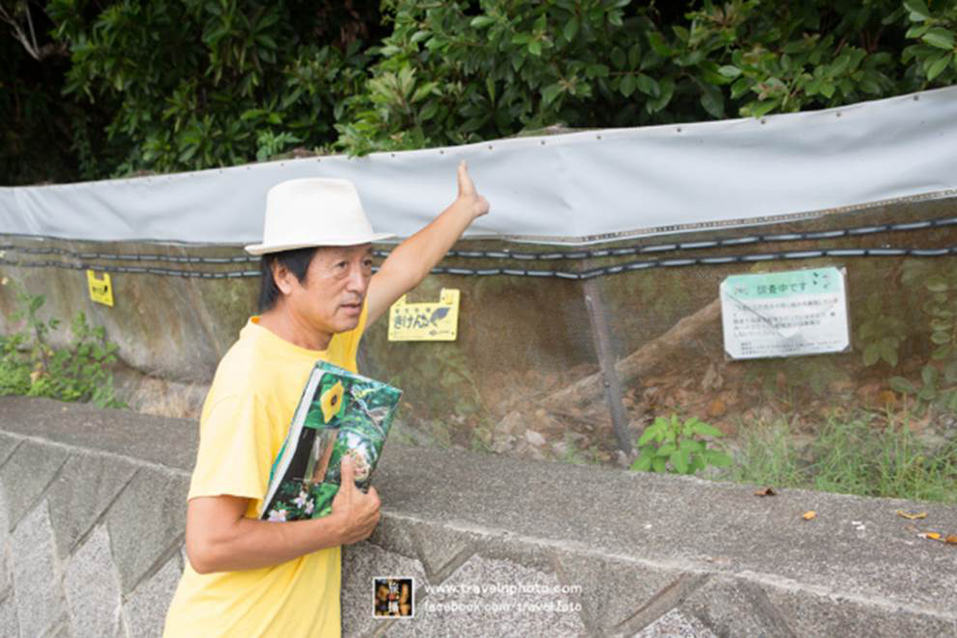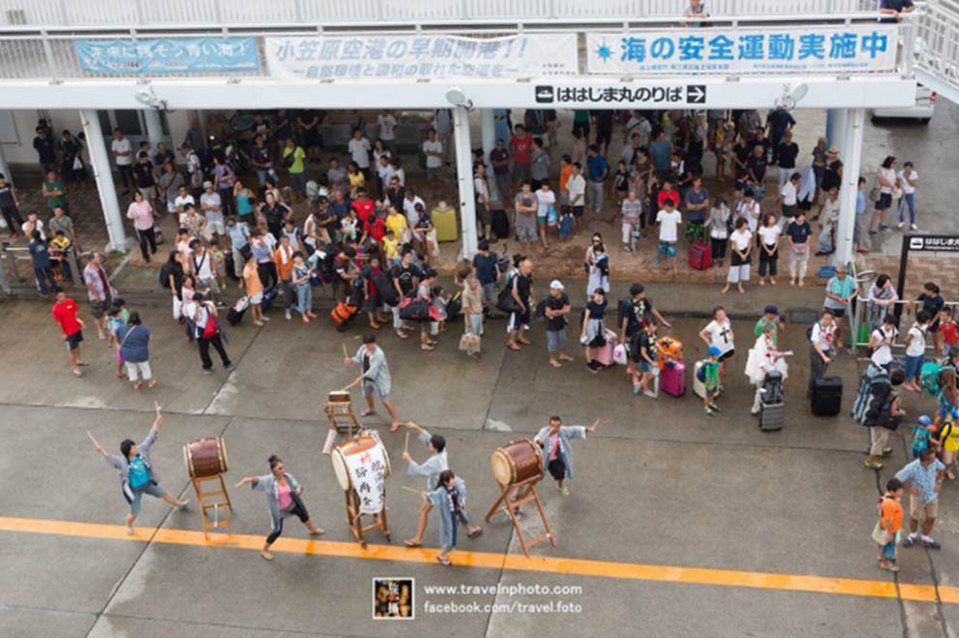The first day
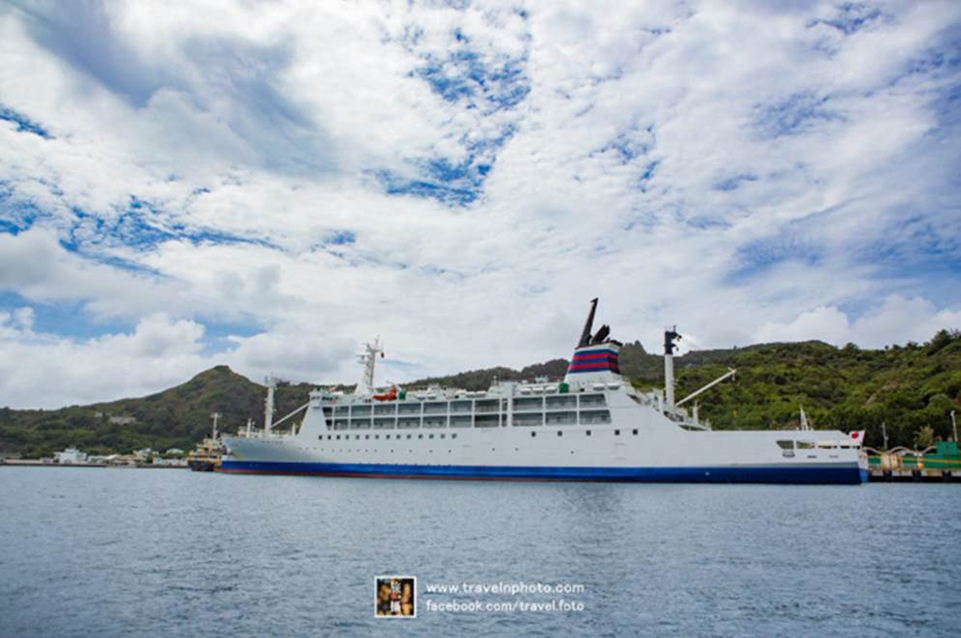
Ogasawara Maru
The new Ogasawara Maru, launched in July 2016, provides service with only one vessel, resulting in two round trips per week between Tokyo and Chichijima in the Ogasawara Islands.
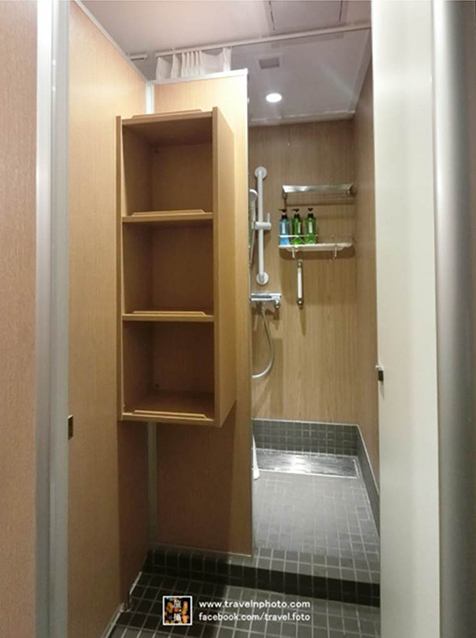
The bathroom
The bathroom is equipped with soap, shampoo, conditioner, and a small storage space for personal items to prevent them from getting wet.
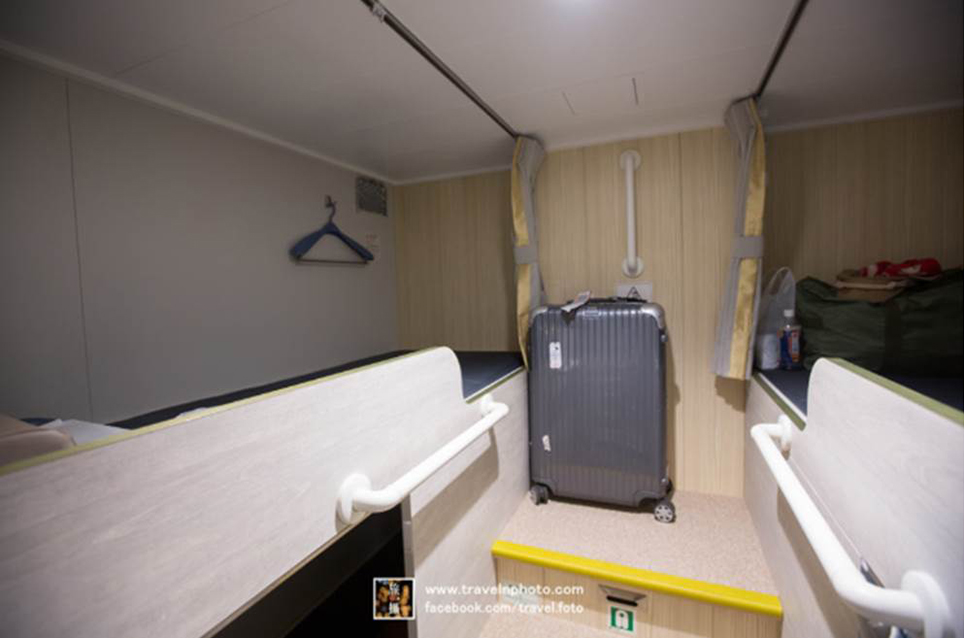
Bedroom
The design of the 4-person bedroom is exceptionally well-thought-out. The bunk bed structure is very sturdy, and there is surprisingly no shaking or noise, typically associated with accessing the upper or lower bunks. This provides visitors with a great sense of security when entering and exiting, without disturbing other guests.
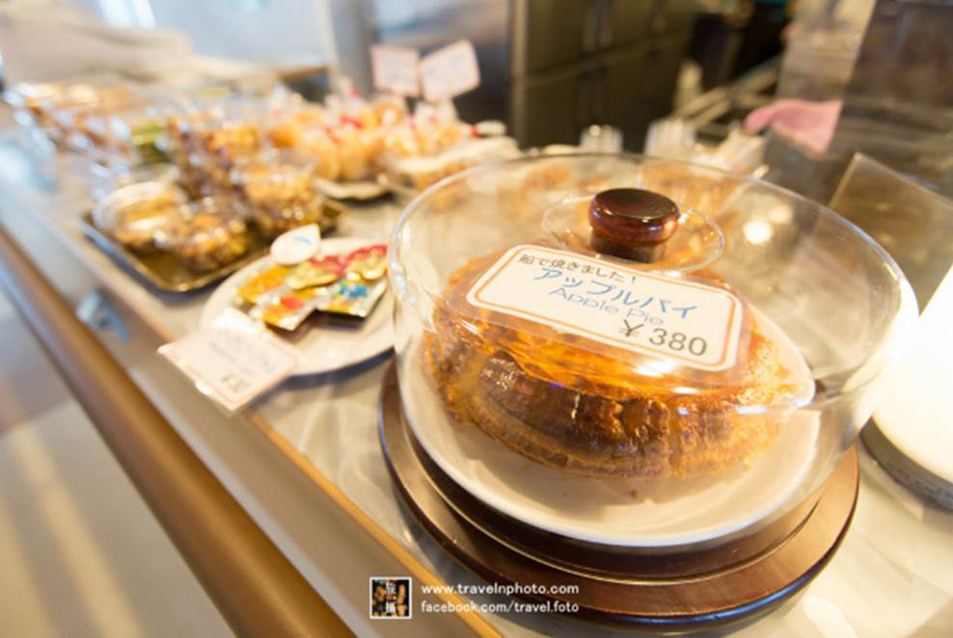
Mom's Dining has delicious apple pie.
There are two restaurants on the ship, namely Dad's Dining and Mom's Dining. Additionally, there is a souvenir shop where you can purchase snacks and cup noodles. The restaurant offers a wide variety of dishes, including ramen, various rice dishes, and steaks, with prices ranging from around 800 to 1500 yen. Over a round trip on the ship, most people would have six main meals, and the selection is plentiful. I didn't repeat any choices for my six main meals and enjoyed them immensely. The quality of food onboard upholds the high standards typical of Japanese cuisine.
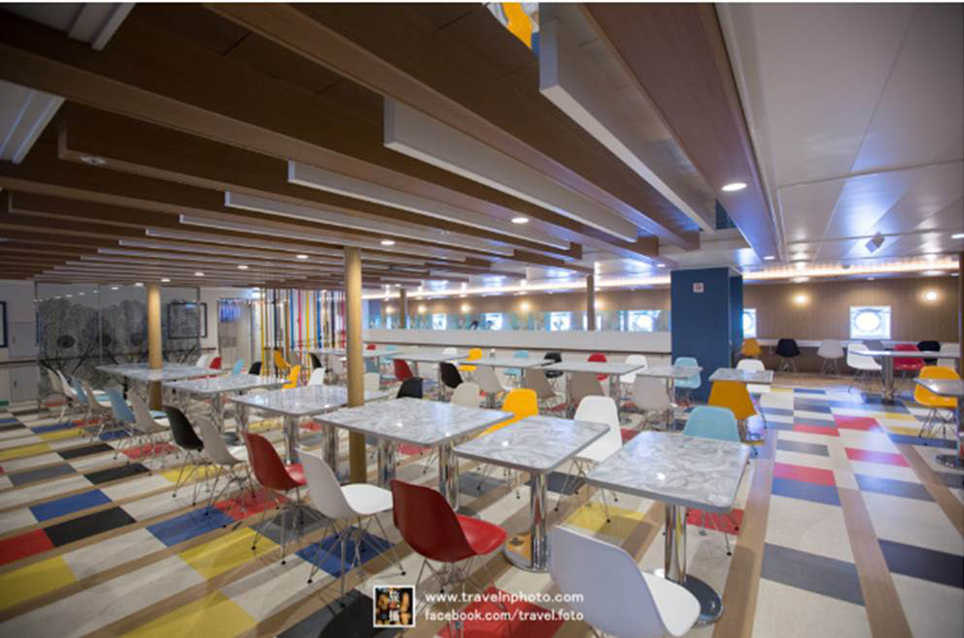
Dad's Dining
The selection of food at Dad's Dining is very diverse.
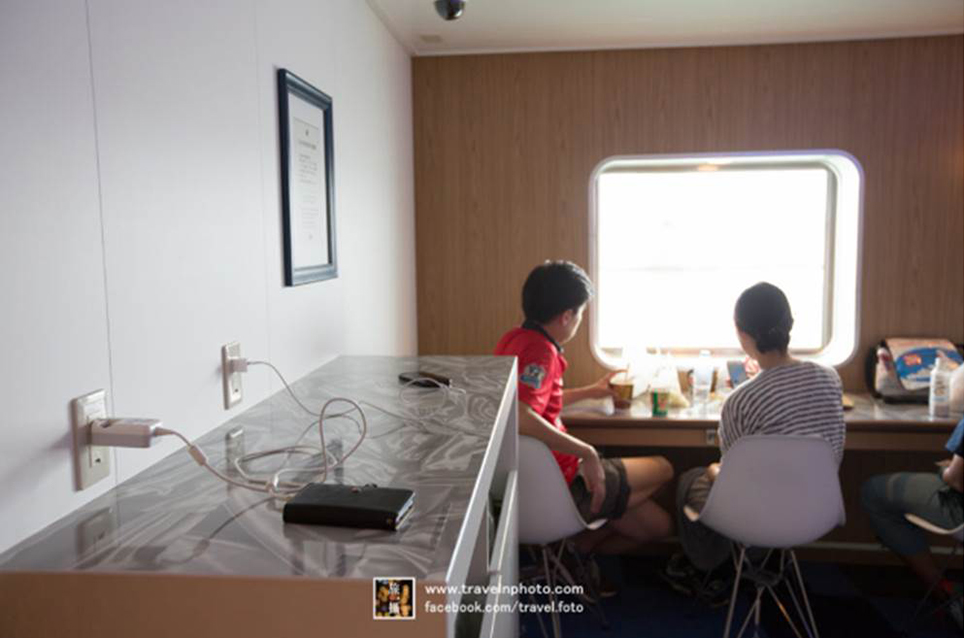
Electric socket
There are many electric outlets on the ship, making it convenient for passengers to charge their devices.
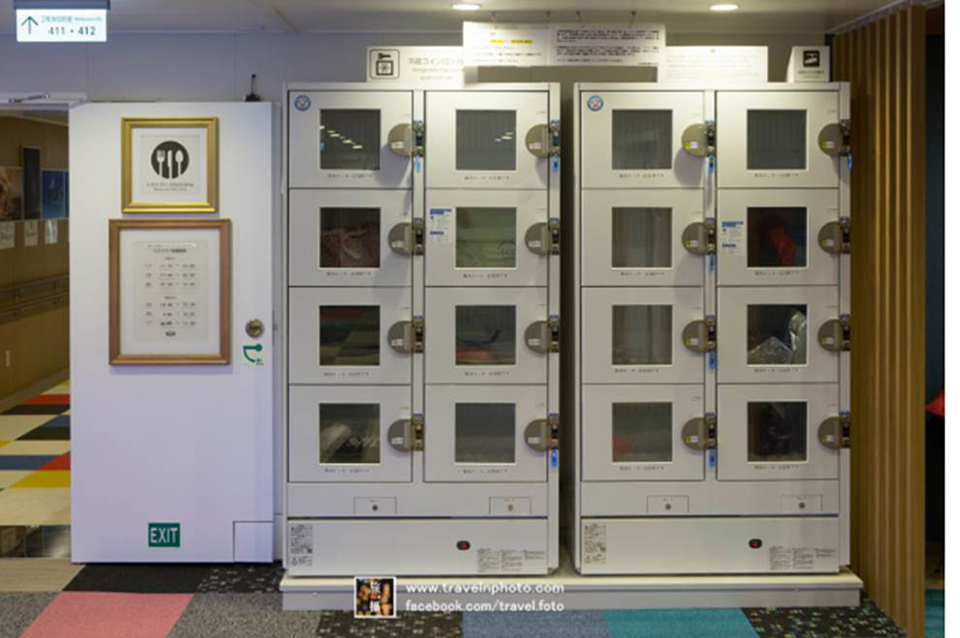
Freezer locker
There are freezer lockers available for ¥500.
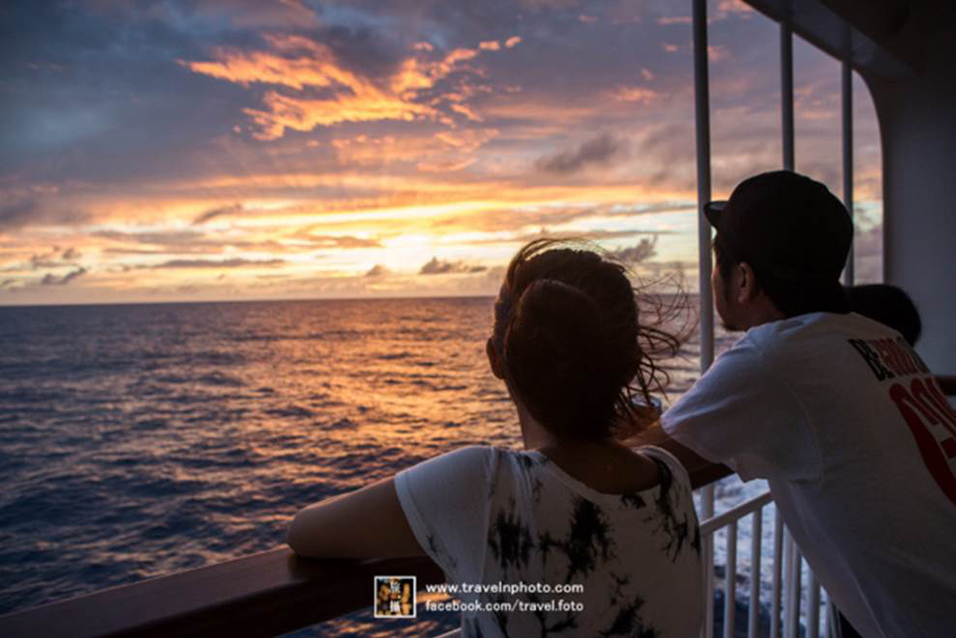
Photos of the sailing ship.
Due to encountering two very talkative travel companions and engaging in a fair amount of photography along the way, the day's journey flew by in the blink of an eye. Before we knew it, we had arrived at Futami Port in Chichijima of Ogasawara. The ferry journey was an unforgettable experience.



